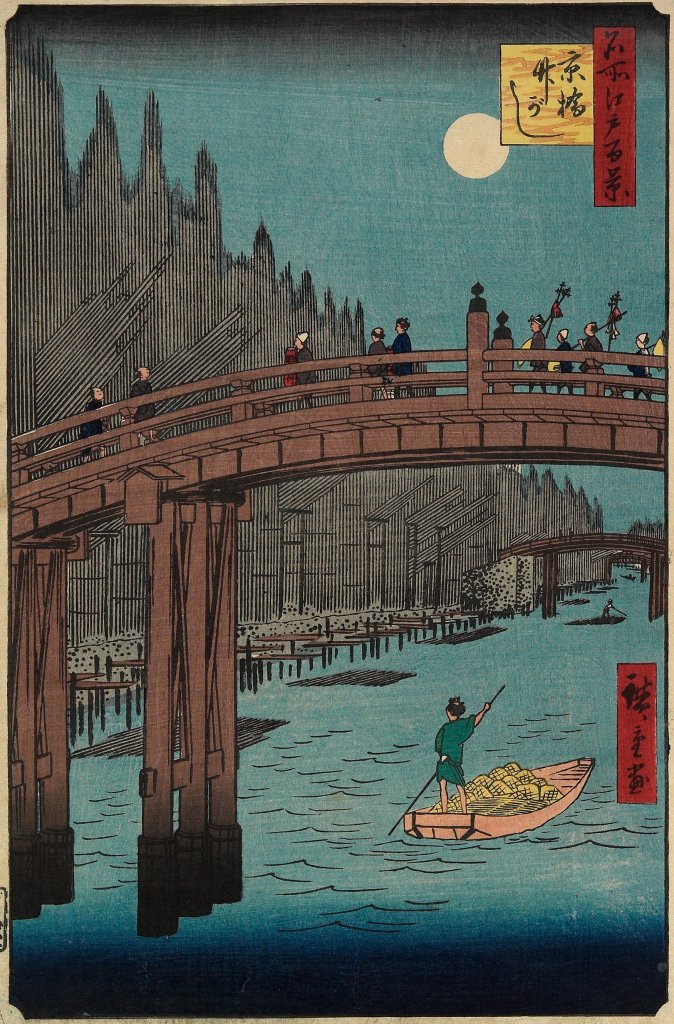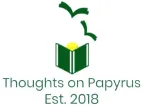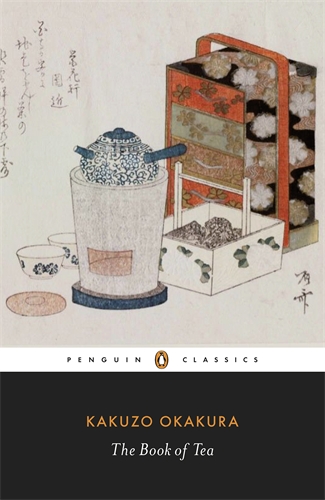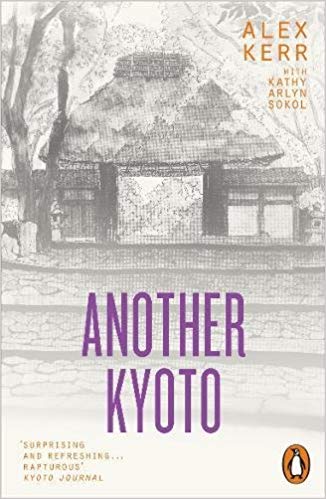One Hundred Famous Views of Edo [1856-1858] is a popular, highly influential series of ukiyo-e prints of Edo (now Tokyo)’s environs produced by Utagawa Hiroshige (1797-1858). They offer views of Edo’s landscapes, temples, bridges, tea-houses, busy streets and people, often during seasonal festivities. They showcased unique for that time perspectives and offered unexpected insights, such as the interplay between the concrete and the abstract, the eternal and the mundane. The prints are not only masterworks, but also now a vivid throwback to Japan’s historic past with its long-gone traditions. Below are 15 of my favourite prints from this magnificent collection.



Bamboo Quay by Kyōbashi Bridge is one of Hiroshige’s nocturnal masterpieces in One Hundred Famous Views of Edo that shows the Kyōbashi river and its bridge being traversed by pilgrims. In the background, one can see drying bamboo rods of the bamboo quay. The painting probably influenced James McNeill Whistler in his artwork Nocturne in Blue & Gold: Old Battersea Bridge.
Continue reading “Hiroshige: Favourite Woodblock Prints”













 I. Inari Shrines
I. Inari Shrines
 I. A Woman Ghost Appeared From a Well (The Mansion of the Plates)
I. A Woman Ghost Appeared From a Well (The Mansion of the Plates)